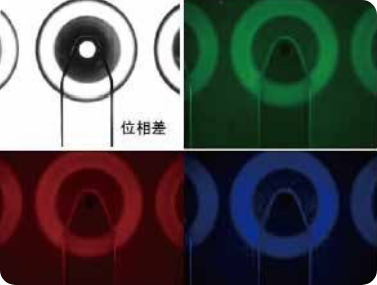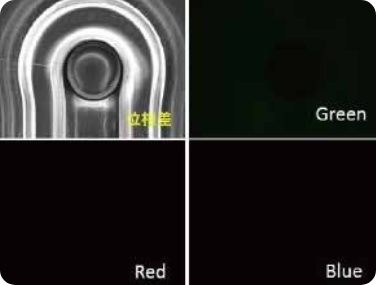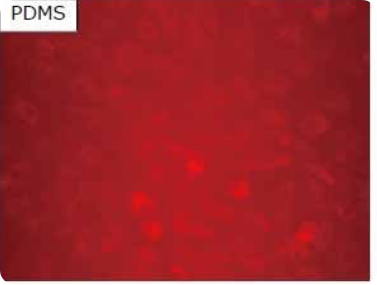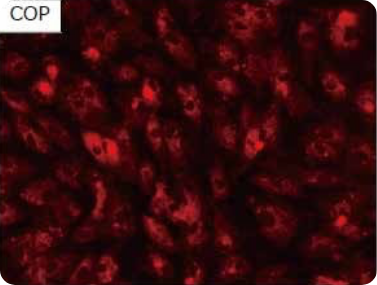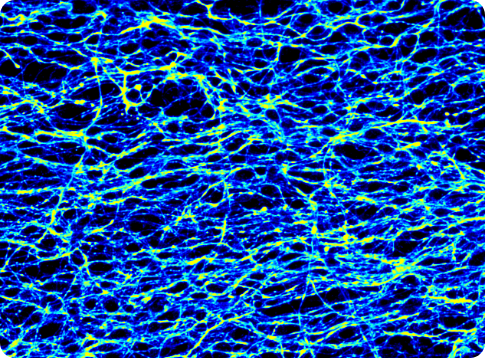PRODUCTS
CEP PLATE
Tunnel-Shaped
Simple Evaluation Device
Using the clean bonding technology of
optically superior COP and light (172 nm),
basic cell culture and drug evaluation can be performed.
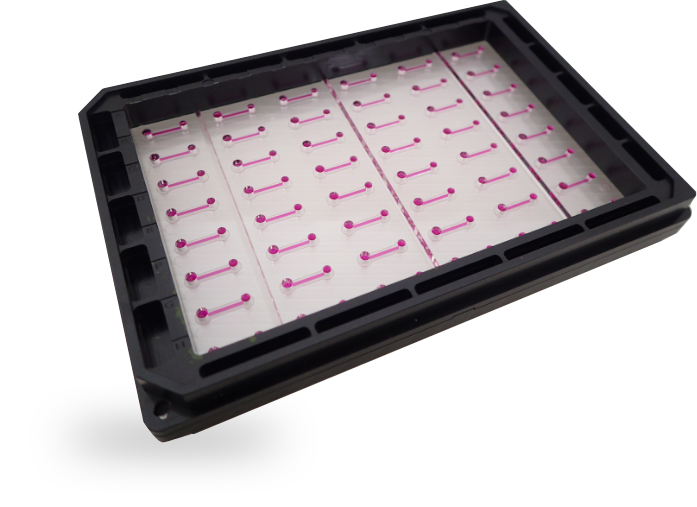
FEATURE
Features
FEATURE 01
The industry’s first glue-free and solvent-free plate
A COP (Cyclo Olefin Polymer) plate made to Microplate Standard
Developed in collaboration with the Institute for Integrated Cell-Material Sciences (iCeMS), Kyoto University
CEP PLATE™ is result of a collaboration between iCeMS and USHIO.
This plate is based on a patent that investigated the 3D growth of cells incorporated in gel materials (PAT No. WO2015-129673)
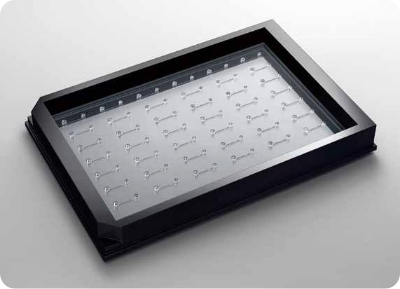
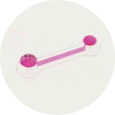
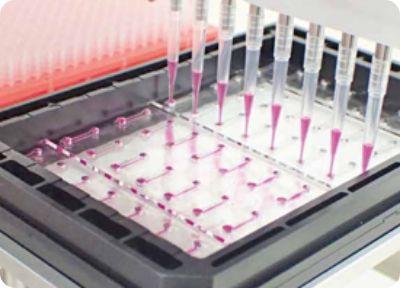
FEATURE 02
Glue-free and Solvent-Free Bonding
All material were developed using USHIO’s original Photobonding®.
The glue-free, organic solvent-free, and coating agent-free system limit the cytotoxicity.
Also, that enable the production of functional and healthy organs-on-chips.
In comparison with other commercially-available plates made with organic solvent, our plate induced less significant apoptosis represented in a cell testing.
FEATURE 03
Evaluation of cytotoxicity in iPS cells(253G1)
Photobonding®
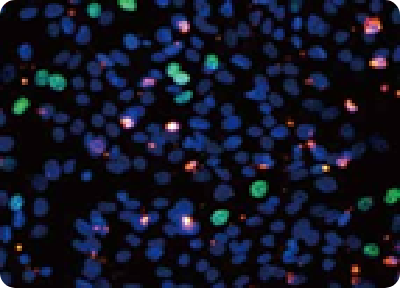
Solvent Bonding
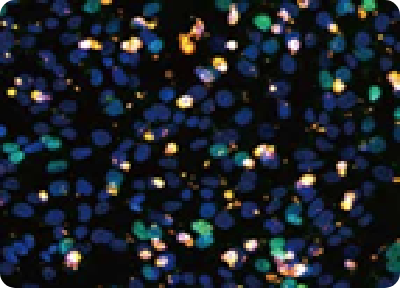
Proliferation ratio
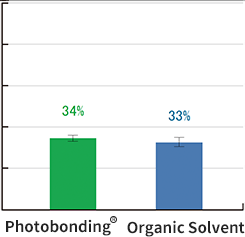
Apoptosis ratio
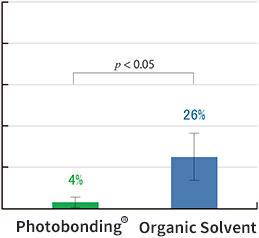
In contrast to commercially-available glue-free COP chip (solvent bonding), USHIO‛s COP chip, showed low apoptosis ratio (6.5 times) represented in the Caspase-8 expression, although their proliferation rate was comparable. This difference is due to the use of organic solvents or other coating agents in the preparation of commercially-available glue-free COP chip that has leaked and affected cell viability which limit their use in cell experiments. This is critical point that has not been considered yet in manufacturing process.
MODEL
Nafld disease model derived from iPSC
Non-alcoholic fatty liver disease (NAFLD) is the most common form of liver disease which is characterized by the abnormal accumulation of fat within the liver. In its most severe form Non-alcoholic steatosis (NASH), the condition can progress to cirrhosis and hepatocellular carcinoma. The most common disease implicated genetic variant is I148M in the gene coding for Patatin-like phospholipase domain containing protein 3 (PNPLA3). The I148M substitution seems to abolish hydrolase activity by reducing substrate access to the enzyme’s active site and so promotes TAG accumulation.
NORMAL
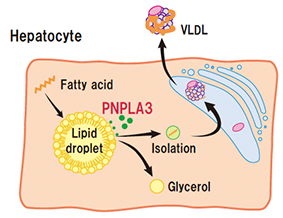
PNPLA3(148M)
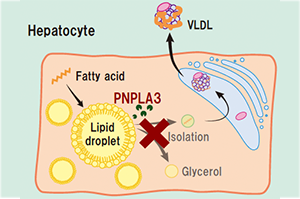
Figure. TAG accumulation in PNPLA3 I148M cells.
VLDL, very low density lipoprotein. PMID:27038645. PNPLA3 gene in liver diseases.
BODIPY staining shows that wild-type hepatocytes cultured in low fatty acid media accumulate small amounts of lipids. A few cells are positive for BODIPY staining but most of them show very faint or negative staining. However, after being exposed to high amounts of oleic acid or palmitic acid for 7 days, lipid accumulation increases substantially. In NAFLD model hepatocytes with the PNPLA3 I148M mutation the number of cells with lipids accumulated is higher than in WT even when they are not treated with fatty acids. Both the intensity of staining and distribution of lipids droplets increases when treated with either oleic acid or palmitic acid for 7 days.
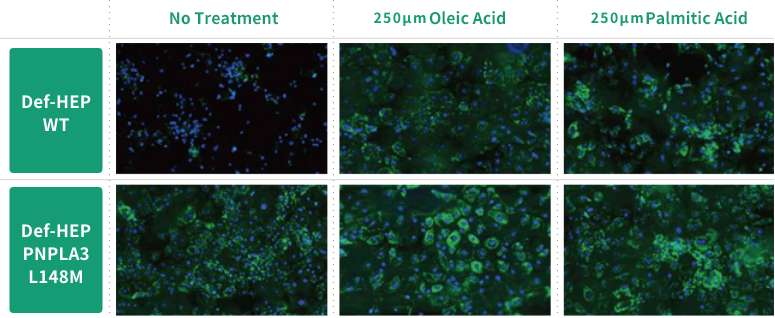
Figure 6. Fatty acid accumulation in Def-HEP PNPLA3 cells
BODIPY staining shows a higher accumulation of lipids in Def-HEP I148M even when cultured in low-lipid media.
When cells are treated with 250 μM of Oleic Acid or 250 μM of Palmitic acid for 7 days all cell lines demonstrate an increase in lipid accumulation.
APPLICATION
応用
Drug gradient-based analysis
Chemical stimulation
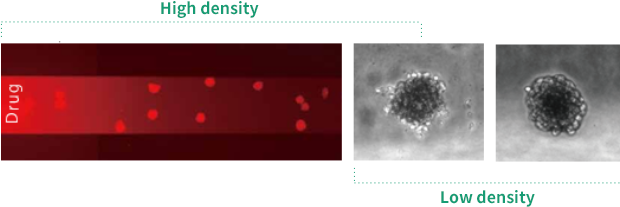
Tissue formation in the device of microchannel
Network formation

Time-depended observation of cell migration
Chemotaxis
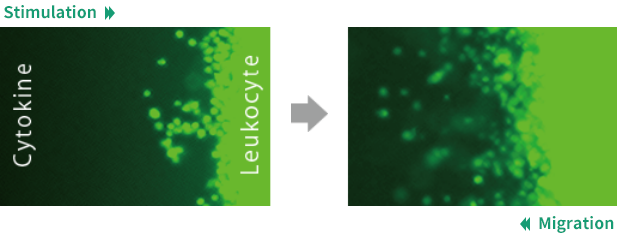
The recapitulation disease model in a micro-scale culture
Steato hepatitis model

- - Various models can be created in microfluidic channels.
- - Small scale culturing that allow the use of low-proliferative cells.
- - The use of low volume of drugs.
- - Advanced fabrication enable the high observability needed for microscopy analysis.
MERIT
Photobonding®および
COP (Cyclo Olefin Polymer) のメリット
Advantage of Photobonding®
Novel fabrication process using Photobonding®
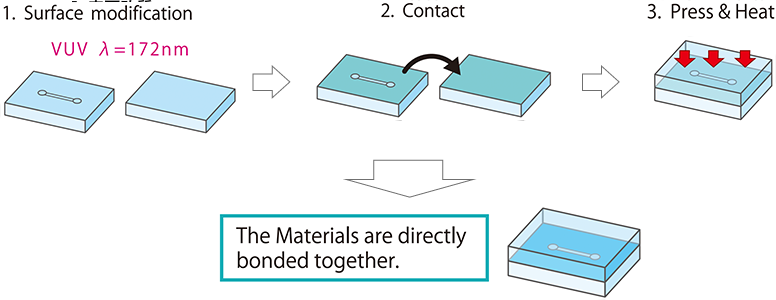

Advantage of COP
COP have a biocompatible polymer and it is suitable for bioanalysis assay
Low autofluorescent
Low adsorption of drugs

Microchannel structure
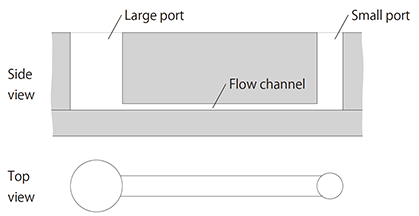
Specifications
| Size | Microplate | Slide glass size |
|---|---|---|
| Number of flow channels | 48 | 8 |
| External dimensions | 128x86mm | 75.5x25mm |
| Material (Microchannel) | COP (cyclo olefin polymer) | |
| Refractive index | 1.53 | |
| Surface characteristics | For cell culture (cell adhesion and hydrophilic) | |
| Sterilization | EOG | |
| Packaging | 1 plate/pkg | |
| Automation utility | ○ | Requires special holder |
- * Inquiries regarding specialized specifications are welcome.
- *Design and specifications are subject to change without notice.
MODEL CASE
Model Cases
CONTACT
Please contact us to inquire about
our products or technical services.
PRODUCTS
Products

